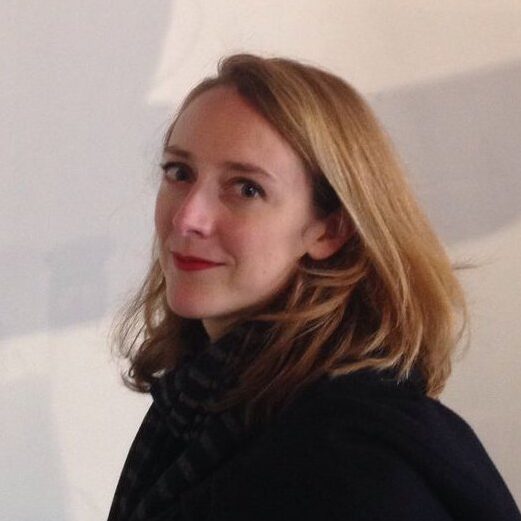
Lea-Laetitia Pontani
Lea-Laetitia Pontani is interested in studying the mechanical properties of cells and tissues in simplified biomimetic frameworks. For instance, during her PhD in the group of Dr. Cécile Sykes at the Curie Institute, she built and characterized a biomimetic system of the actin cytoskeleton in vitro. For her post-doc she joined the group of Jasna Brujic within the Center for Soft Matter Research at New York University. She first investigated the physics of jammed matter through confocal imaging of dense emulsions, seeking to build theoretical frameworks for the description of these out-of-equilibrium systems. In parallel she designed the synthesis of biomimetic emulsions that mimic multicellular assemblies such as biological tissues. At LJP she now works with Alexis Prevost and Elie Wandersman in the Mechanics of integrated and artificial biological systems group and uses these biomimetic systems to understand the physical properties of multicellular assemblies in a simplified framework.
Friday April 21st
Biomimetic emulsions: from morphogenesis to cell-cell communication
We use biomimetic oil droplets to understand the physical basis of collective remodeling in biological tissues. In particular, we focus on the interplay between adhesion and mechanical forces to control the emergence of tissue architecture during morphogenesis. To do so we designed biomimetic emulsions in which we can control the adhesion strength between the droplets. We then study the mechanical behavior of these adhesive emulsions under an applied perturbation. For instance, we can flow them in microfluidic channels exhibiting a constriction that applies a mechanical stress on the emulsion. In such experiments, we measure how adhesion tunes the way in which the droplets deform or rearrange their positions to go through the constriction. Conversely, oil droplets are used inside developing zebrafish embryos as local biocompatible force sensors: how the droplet deforms inside a specific tissue allows us to quantify the local forces at stake. In particular, we currently use this technique to unravel the role of mechanical forces for neuronal development in the zebrafish.
In parallel to these approaches based on oil droplets, we also make inverted emulsions (water droplets in oil) to study cell-cell communication within tissues. Indeed, in developing tissues, chemical information can be transmitted between the cells through channels. If these channels open as a function of the stress applied on the cell, the intercellular communication in such developing tissues can be patterned by the forces at play within the tissue. To tackle that question in a simplified framework, we developed another type of biomimetic emulsions in which water droplets are connected by lipid membranes and can communicate between each other through channels that are either passive or sensitive to an applied stress, i.e. mechanosensitive. Studying the dynamics of molecular transport as a function of an applied stress will therefore shed light on mechanosensitive pathways of patterning in morphogenesis.